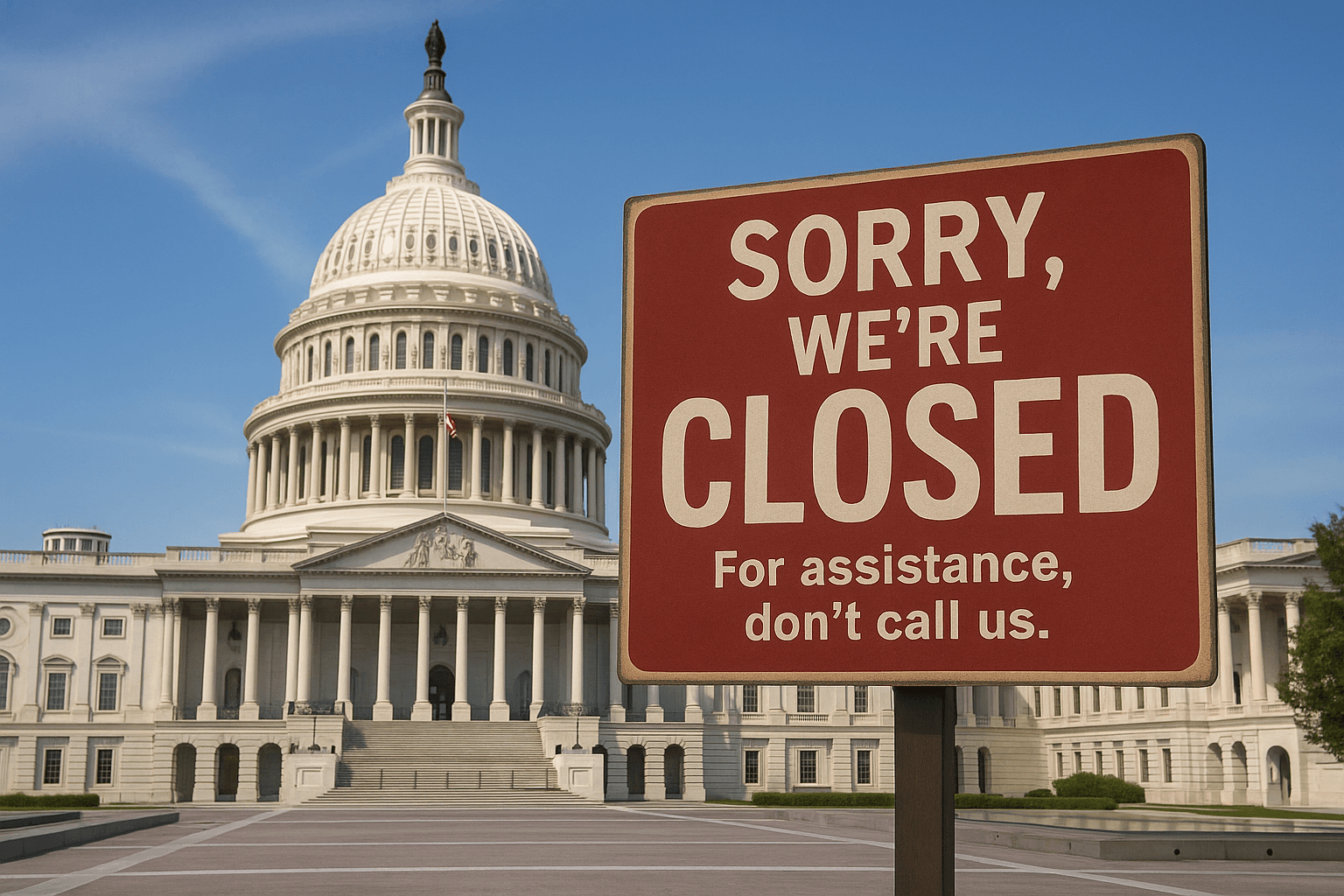Coffee Party Seeks 'Transpartisan' Solutions to Restore Democracy

Though support for the tea party has been waning since 2010, it is hard to deny that it is still a mainstream movement in America in terms of awareness and media focus. Since its emergence, many other groups have formed in response: the Beer Party, the Cocoa Party, and the Green Tea Coalition; even a Juicebox Party has been proposed for the under six demographic.
Other than their creative monikers, these grassroots groups have had seemingly little impact on the national stage. One group, however, has both a clever name, and a powerful enough message to remain a viable contender: the Coffee Party.
Coffee Party USA began as a Facebook fan page in 2010, and quickly grew into a national network of over half a million people and dozens of local chapters. The coffee analogy was not just a response to the tea party, but also in the context of the "coffee house" as a venue for public discourse.
Early on, the Coffee Party drew interest from major media such as CNN, the Washington Post, and Newsweek. Like coffee, the beverage they are named for, their story is a stimulating one.
I spoke with Eric Byler, co-founder and current president of Coffee Party USA, about the journey his organization has taken over the past 5 years. Byler described how the movement has evolved over that time.
Early on, Coffee Party co-founder Annabel Park was pitted by the media against the tea party and provided a microphone for direct debate. Park, however, was uncomfortable with being placed in a role as the “anti-tea party.” That stage, according to Byler, "is built for professional wrestling, not for deliberations."
While the early media attention was a helpful boon to their popularity, Park didn't want the Coffee Party to become part of that angry circuit on cable news. This was inconsistent with their ideals and their message of reconciliation.
Byler said the Coffee Party made a conscious decision to transcend those wars, and that "being respectful and civil and being open to another person's view is the best way to reach a better outcome." Even if that model meant not reaching as many people, he added.
Their membership, Byler explained, includes many people who felt politically isolated. One of the main objectives of the Coffee Party is to give those people a voice and the power to transmit, and to "move people from being consumers of political commentary and reporting to actual creators and sharers of that content."
Read-write communication, Lawrence Lessig calls this in his e-book, One Way Forward.
The Coffee Party avoids promotion of just a single person's view, striving instead to build something that belongs to many people. The idea, Byler stated, is to provide a vehicle for dialogue where "we can use the wisdom of the crowd to come up with the best solutions for the common good." By keeping modest goals, they were able to remain part of the conversation.The movement attempts to find the shared goals which exist in America. They seek to combat polarization and divisiveness by encouraging citizen engagement and dialogue, and informing the public on key issues to counter misinformation campaigns. They encourage civil discourse as the way to bring people together to engage with government, and with each other. They work toward a government which is more participatory, transparent, and accountable to voters.
They use the term "transpartisan" to describe their ideology, differentiating their views from nonpartisan and bipartisan solutions. Instead, the Coffee Party sees the need to transcend and move beyond political differences. They stress the importance of dialogue to find connections which exist across different points of view. This, they claim, will "restore the principles and spirit of democracy in America."
The Coffee Party now primarily uses the internet and social media as their vehicle. Byler claimed they were among the first to use a Facebook fan page as a collective response to the message of traditional media empires. Their methods include both physical and virtual venues for dialogue. They host Internet radio four times per week, and offer telephone call-in opportunities to their members. They utilize a structure where many people share the performance of tasks, and in doing so, can work on a limited budget.
In a position paper on their website, they conclude:
"For months we've listened as the politicians have argued and done nothing. Now it's time for them to listen to us and get to work. We invite all Americans to join our civil dialogue on solutions, and commit to working together as neighbors, friends, and fellow Americans for the good of the country."
Byler is proud of the difference grassroots movements have made in combating intolerance, and how many organizations "have locked arms to throw ourselves in the way of that tank."
. It remains to be seen whether the decline of the tea party leaves a void to be filled.Coffee Party USA may not yet be a household name, but it's easy to see how they could be. They promote a message of reconciliation with which most Americans today agree
This is the first in a series of articles about relatively small, lesser-known, grassroots movements hoping to reverse the trend of congressional stalemate, political divisiveness, and the lack of civility in public discourse in America.
Photo retrieved from sharedpurpose.net/




